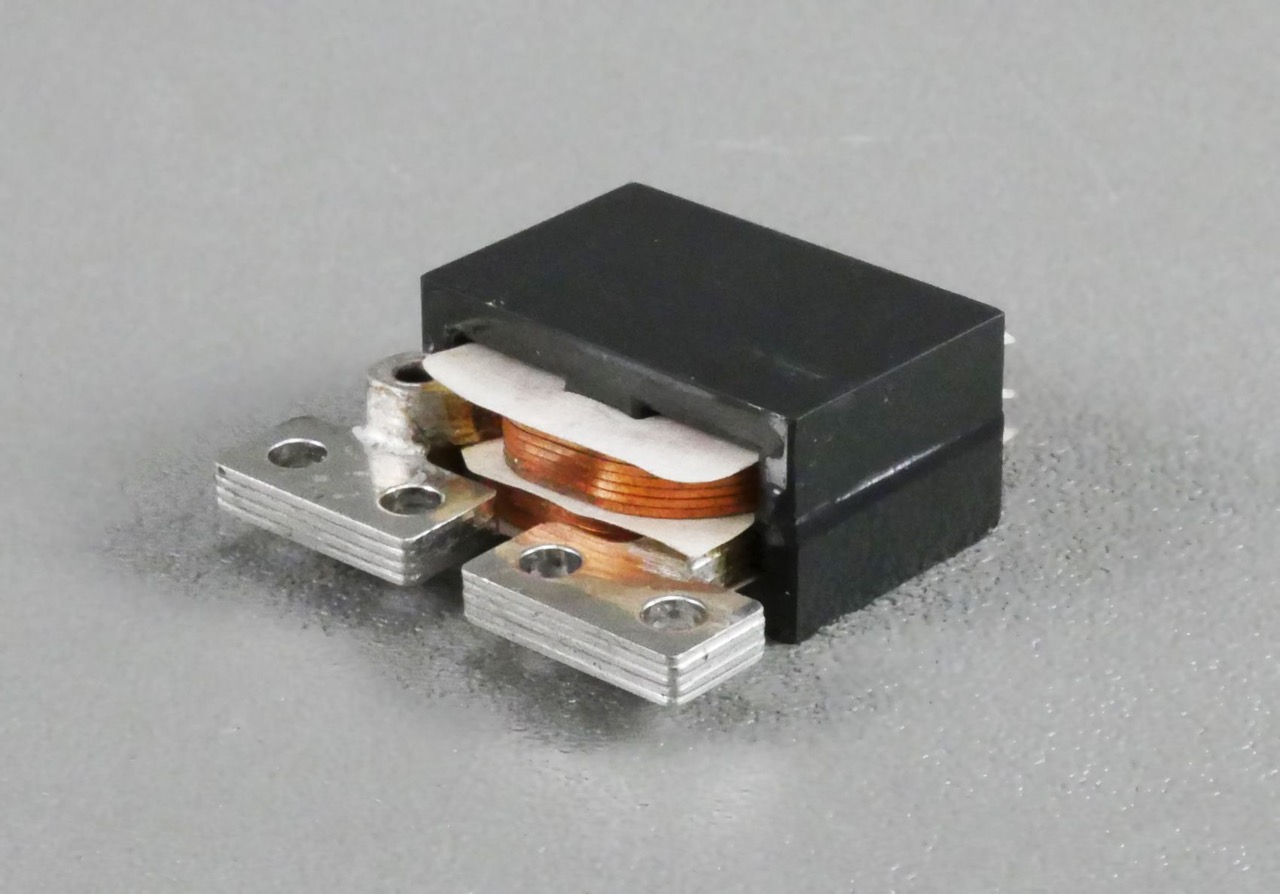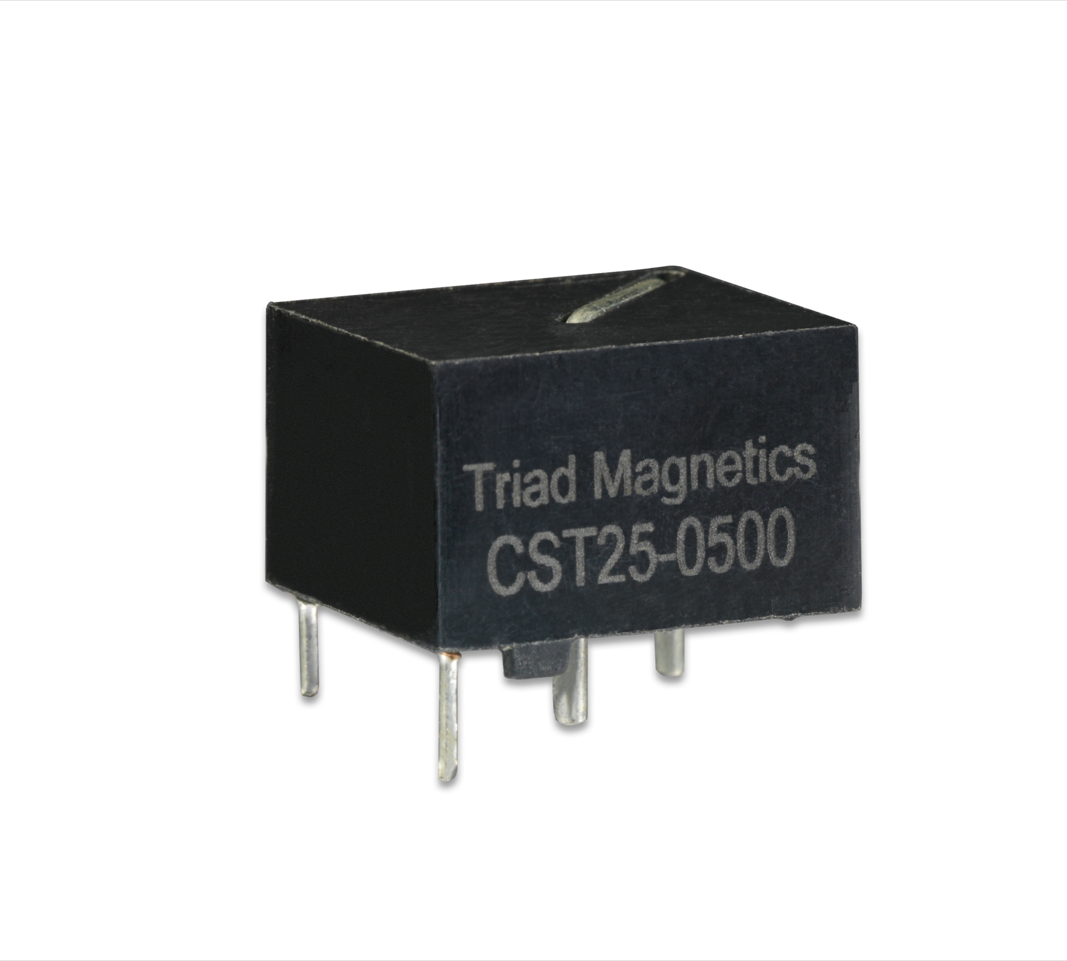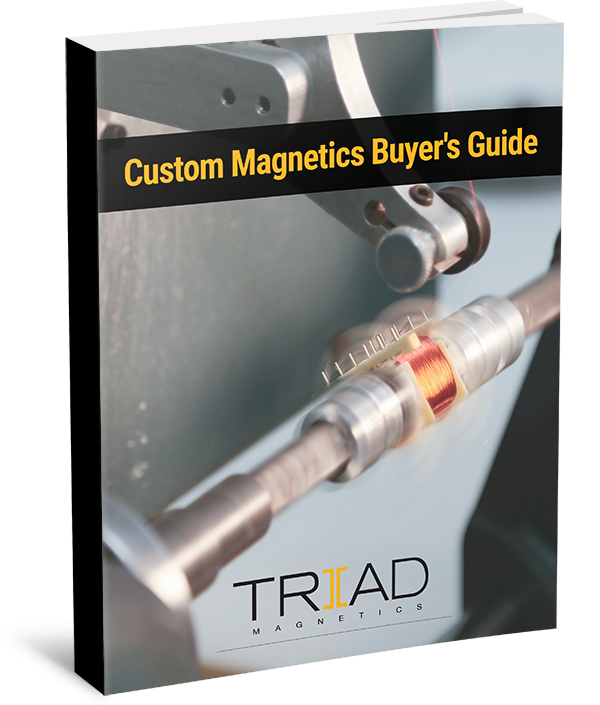In China, one of the most important national events is the Spring Festival. This annual event—also often referred to as Chinese New Year—falls somewhere between the end of January and the middle of February. In 2026, Chinese New Year will begin on February 17th, 2026, ushering in the Year of the Horse.
Recent Posts
Inductors in the Transportation/EV Industry
Since today's vehicles feature more electronics than ever, demand for electrical components like inductors is increasing. Inductors are essential to the reliable performance of various automotive systems, including braking systems, lighting, engine control, and navigation displays. With high-quality inductors, the transportation and EV industry can keep up with the rising number of electronic [...]
Making Sense of Current Transformers
Current transformers (CTs)—also known as current sense transformers or current sensors—are instruments that are designed and manufactured to detect electrical currents and convert them into more usable forms for different applications. They perform these detections and conversions by measuring the larger current value in the primary winding and developing a corresponding smaller current in the [...]
Guide to Autotransformers
What is an Autotransformer? Autotransformers feature a single winding wound onto a laminated core. They're similar to two-winding transformers, but their differences lie in the ways that the primary and secondary winding are interrelated. There are two varieties of autotransformers which may be differentiated by their construction. In the first type, the transformer relies on continuous winding [...]
Triad's Basic Electronic Principles
Behind every magnetic component, no matter how complex, is a foundation of basic electronics.
Triad's Custom Magnetics Buyers Guide
Magnetic components can be difficult to specify. Specifying a custom magnetic component can be even more challenging — with a myriad of different specifications, there is no easy way to know which your prospective manufacturer wants or needs.
2-Wire vs. 4-Wire Terminal Connection for Resistance Testing
Precision digital multimeters (DMMs) and source measurement units (SMUs) offer two methods of measuring resistance: 2-wire resistance measurement and 4-wire resistance measurement. However, these techniques are not interchangeable because their readings vary in accuracy. While a small margin of error is acceptable for certain applications, other applications require greater accuracy to prevent [...]
What Makes a Medical Grade Transformer?
When selecting a transformer for your project you may have come across medical grade transformers and wondered "what is the difference between a medical grade transformer and a standard transformer?".
Triad Adds Powerful Electronic Design Resources From SnapMagic
Triad Magnetics has integrated SnapMagic into our online catalog, providing our customers with dynamic new design resources. Known as the internet's first electronics design library, SnapMagic Search eliminates design barriers to help engineers build effective products faster than ever before. With this new integration into our catalog, we can better help our customers find the right products for [...]
How Does Quality Assurance Impact the Cost of a Transformer?
Many customers believe that the cost of a transformer is limited to the amount that they pay upfront. At a basic level, transformer costs are determined by the time and materials used during the manufacturing process. However, the truth is that transformer costs are impacted by numerous complex factors, particularly when considering the impact on the overall system in which they're installed.










.jpg)




.jpeg)